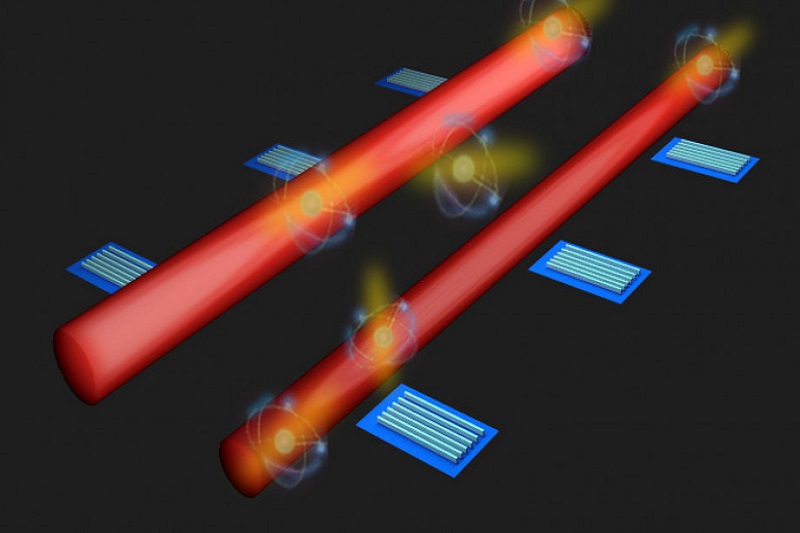
The Australian National University (ANU) is leading an international team of researchers in helping to build a safe data superhighway for the highly anticipated quantum internet.
This promised a new era of artificial intelligence (AI) and ultra-secure communication.
As shared by Associate Professor Andrey Sukhorukov, who is from the University, the data being shared on this future internet would be stored on light particles, which is capable of storing vast amounts of information.
According to a recent report, the light particles move really fast so the team needed to develop a way to monitor and measure them along quantum circuits for quality-control purposes.
Quantum circuits, as explained by the Associate Professor, are comparable to superhighways for the light particles to travel along.
The Associate Professor led the research with a team of scientists at the Nonlinear Physics Centre of the University’s Research School of Physics and Engineering.
A PhD scholar, also at the Nonlinear Physics Centre, who worked on all aspects of the project, said that measuring light particles can interfere with the operation of the quantum circuit.
The team needed to find a solution to this challenge.
Their research, which is published here, states that “integrated single-photon detectors open new possibilities for monitoring inside quantum photonic circuits.”
An innovative system of detectors along the quantum circuits was designed by the team.
This was done to monitor the light particles without losing the information that they are storing by preserving the quantum state being transmitted.
The light particles were guided to two parallel paths, similar to two lanes on a highway. One lane has a faster speed limit than the other one, and the light particles can freely change their lanes.
Both lanes have several detectors along them that are tasked to simultaneously check exactly how many light particles were passing these detectors at the same time.
The researchers have gained a comprehensive picture of these light particles as they entered and then subsequently left the detection zones because of the repeated detections.
Only a tiny fraction of the light particles were lost through this process. The quantum state of the transmitted light particles was not affected by it.
The detection system that they have developed can be built into a large, integrated network of quantum circuits in order to help monitor light particles in real time.
The collaborating research group, led by Professor Alexander Szameit at the University of Rostock, in Germany, has tested the feasibility of this new approach in experiments with custom-designed fabricated optical circuits.
















